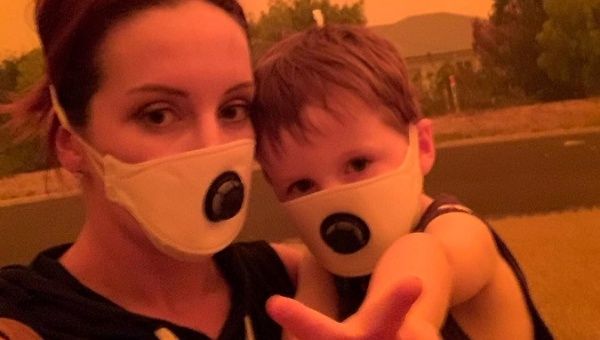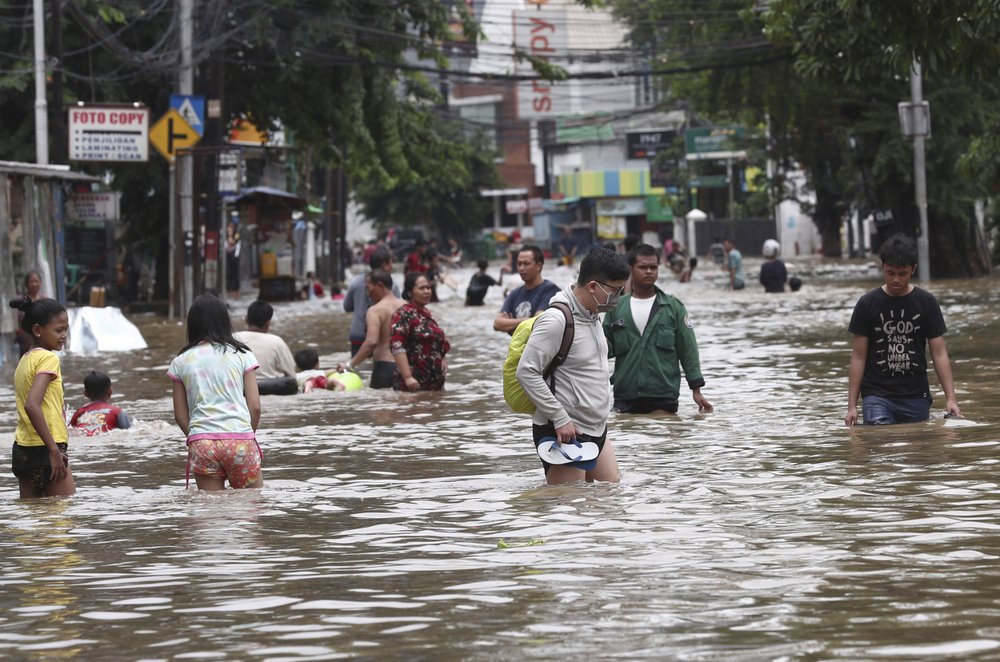Australia towns close to reaching “day zero” as drought dries up water supplies – “We could be looking at anything from $500,000 to $1.5 million per month to transport the water”
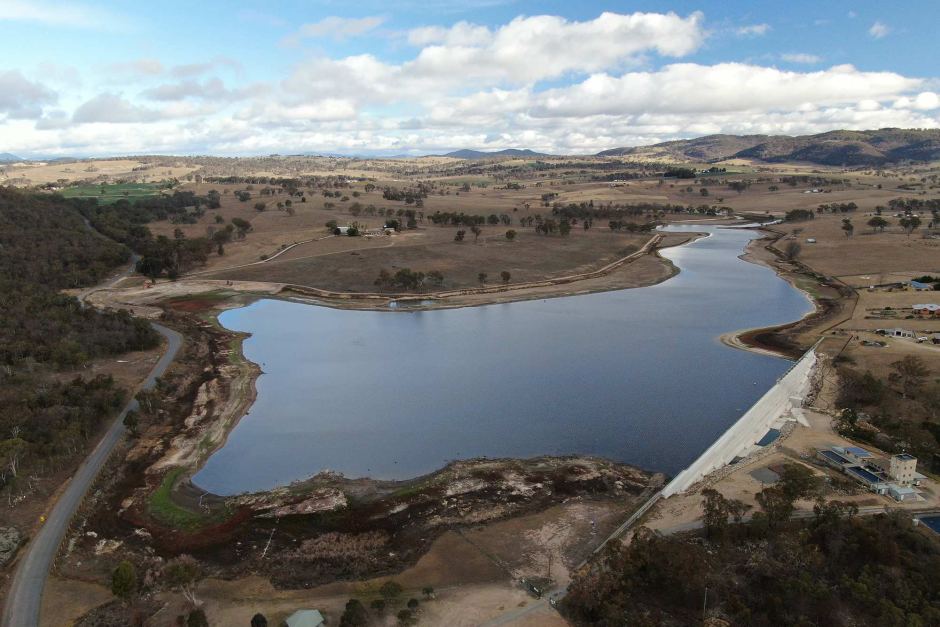
By Lucy Barbour
14 July 2019
(ABC News) – Across New South Wales and Queensland’s southern downs, country towns are approaching their own ‘day zero’, as water supplies dry up in the drought.
Ten towns, including major centres, are considered to be at high risk of running out within six months, if it doesn’t rain and if water infrastructure isn’t improved.
Councils are rushing to put emergency measures in place, but more than a decade since the end of the millennium drought, water security is still almost non-existent for many rural communities.
Early learnings
In a small country preschool in northern New South Wales, children start each morning with the same lesson: If it’s yellow, let it mellow.
Tenterfield preschool director Chloe Daly reminds the students not to flush their number ones.
“Who can tell me why we don’t flush the toilet when we do a wee anymore?” she asks.
“Because we’re in a drought,” they chime.
“And what does a drought mean?”
“It means we’re running out of water!”
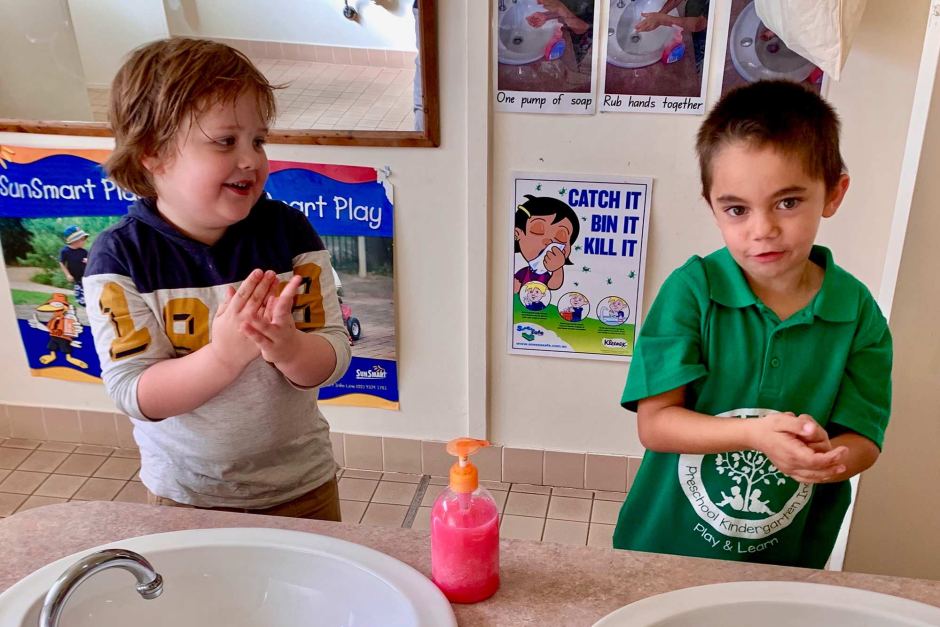
The children practice how to wash their hands without wasting a drop. The tap stays off while the soap’s rubbed in and they count quickly to 10 as the water washes it off.
“Because otherwise the fish will die and we won’t be able to drink,” they say. […]
Tenterfield Mayor Peter Petty recalls a time when the dam was even lower, at just 19 per cent capacity.
“But in one night, it rained and built up 13 inches,” he recalls.
Mr Petty’s hoping a plan to find new bores, with the help of State Government funding, will save Tenterfield from its “worst-case scenario”: trucking in water.
That, for any town, is a hugely inefficient and expensive challenge and he says it would put an extra 1,400 B-double trucks on the road each month.
“If it happens, I’ll hang my head in shame that we’d let the community down,” Mr Petty says.
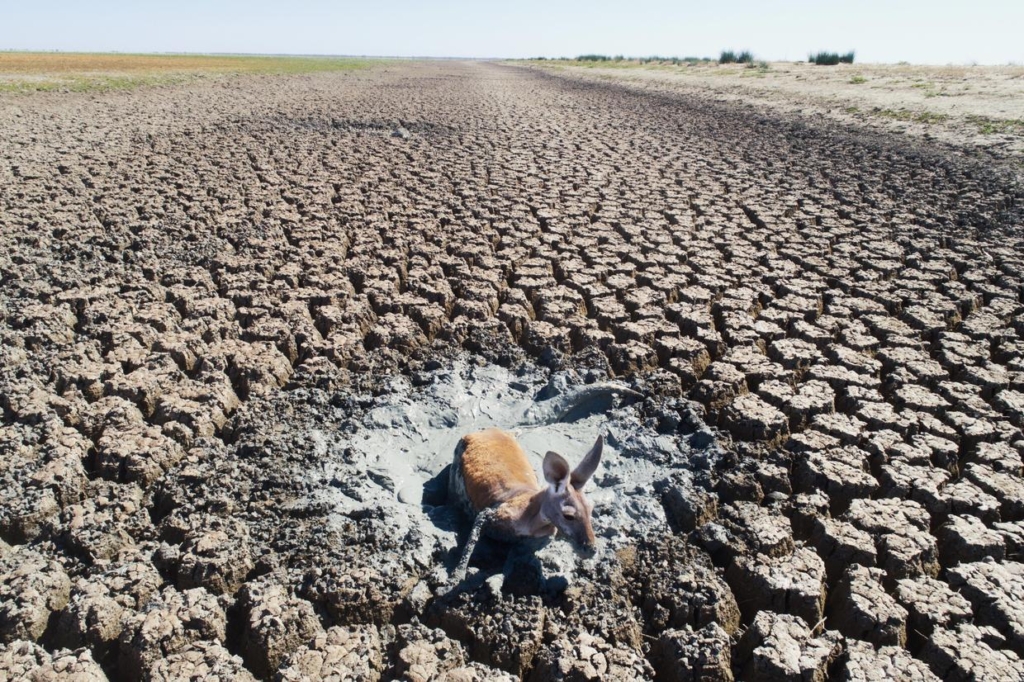
But what if it doesn’t rain and new bores are not successful?
“We’re buggered,” he admits.
State government sources say bigger centres like Tamworth and Orange, and potentially Dubbo and Armidale, plus smaller towns like Cobar, Narromine and Nyngan are all considered to be at “high risk” and may have as little as six to 12 months water supply left if things do not change.
Across the border in Queensland, water shortages are biting hard in towns like Stanthorpe and Warwick, which are inching towards emergency restrictions.
Southern Downs Shire Mayor Tracy Dobie says water may have to be carted from Warwick to Stanthorpe in December, and she fears ratepayers may have to foot the bill.
“We could be looking at anything from $500,000 to $1.5 million per month, to transport the water, depending on how far we have to truck it from,” she says. [more]
Country towns close to reaching ‘day zero’, as water supplies dry up in the drought
